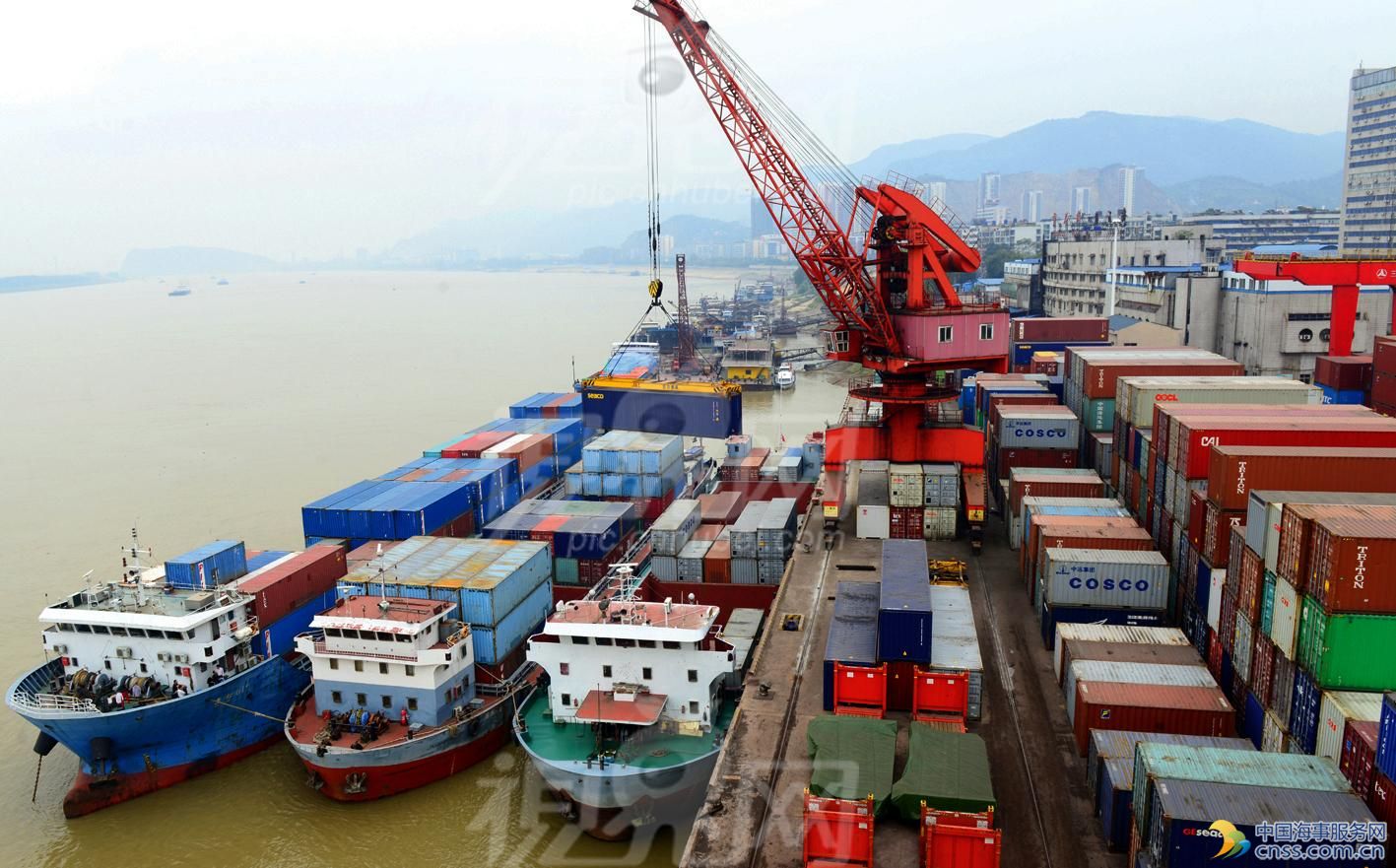Saudis Said to Duel Rivals by Curbing Heavy Oil Over Light Crude

Saudi Arabia is staying in the battle for market share by continuing to pump the type of oil that’s similar to rival U.S. and African supply, while fulfilling its promise to cut output by focusing curbs on other varieties.
The nation plans to idle some fields producing the Arab Medium and Arab Heavy grades to meet its output reduction target, according to people with knowledge of the matter, who asked not to be identified because the information is confidential. That would help the world’s top exporter concentrate more on selling more-profitable crudes such as Arab Light and Extra Light, adding to growing global supplies of similar-quality oil and pitting it against other producers.
A majority of the output cuts that are part of a historic deal between OPEC and some other producers aimed at curbing a global glut are set to come from the Middle East. That’s made the region’s crude pricier relative to other supply priced off U.S. West Texas Intermediate and Europe’s Brent markers. While Saudi Arabia has pledged to pump less oil, it’s also trying not to give up sales in Asia, the world’s biggest market, to competing supply from the Americas and Africa.
The discount of Dubai oil shrank to the smallest in 15 months over Dated Brent this week, while the Middle East benchmark turned costlier than U.S. marker WTI last month, data compiled from PVM Oil Associates show.
Saudi Arabian Oil Co. has informed some Asian refiners of a new round of export cuts in informal discussions ahead of official monthly crude allocations. The company, known as Saudi Aramco, has told customers of possible measures leading up to the cuts, with each scenario signaling reductions are unlikely to be more than 10 percent of contracted volumes for some buyers, said the people.
Aramco’s press office didn’t immediately respond to an e-mail seeking comment.
The cutbacks in February to Asia will still be smaller than other regions such as the U.S. and Europe because it remains Saudi Arabia’s most valued market, one of the people said. Last month, sales to parts of Southeast Asia and South Asia including India were reduced while buyers in North Asia were largely spared.
The Asia Pacific region will use 33.87 million barrels a day of oil in 2017, accounting for more than a third of global consumption, data from the International Energy Agency show. That’s an increase from estimated demand of 33.03 million barrels a day in 2016. In the Americas and Europe, oil use is seen staying flat this year, according to the Paris-based IEA.
New Norm
Refiners, including China’s independent processors, will try to make crude purchases that take advantage of relatively cheap lighter varieties of oil as the spread between Brent and Dubai remains narrow, industry consultant Energy Aspects Ltd. said in a note e-mailed Friday. Narrower light-heavy differentials will be the “new norm,” according to the report.
The Brent-Dubai exchange of futures for swaps, a measure of the difference in prices between the two benchmarks, was at $1.68 a barrel on Wednesday, according to PVM data. It was at $4.55 in January 2016. While U.S. WTI crude traded 81 cents above the Dubai marker a day before OPEC’s decision to curb output, the Middle East benchmark was 45 cents higher on Jan. 5, according to Bloomberg calculations based on data from PVM.
Saudi Energy Minister Khalid al-Falih said last month that he didn’t expect a big supply response from American shale producers in 2017. But Goldman Sachs Group Inc. says the kingdom is wrong, and forecasts an increase of 800,000 barrels a day in U.S. annual production growth at a price of $55 a barrel for West Texas Intermediate crude.
Source: Bloomberg
HEADLINES
- Do shipping markets want Biden or Trump for the win?
- All 18 crew safe after fire on Japanese-owned tanker off Singapore
- Singapore launching $44m co-investment initiative for maritime tech start-ups
- Cosco debuts Global Shipping Industry Chain Cooperation Initiative
- US warns of more shipping sanctions
- China continues seaport consolidation as Dalian offer goes unconditional